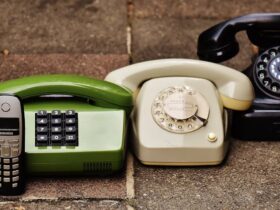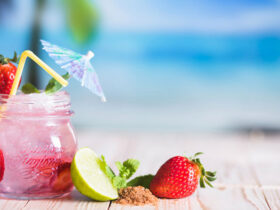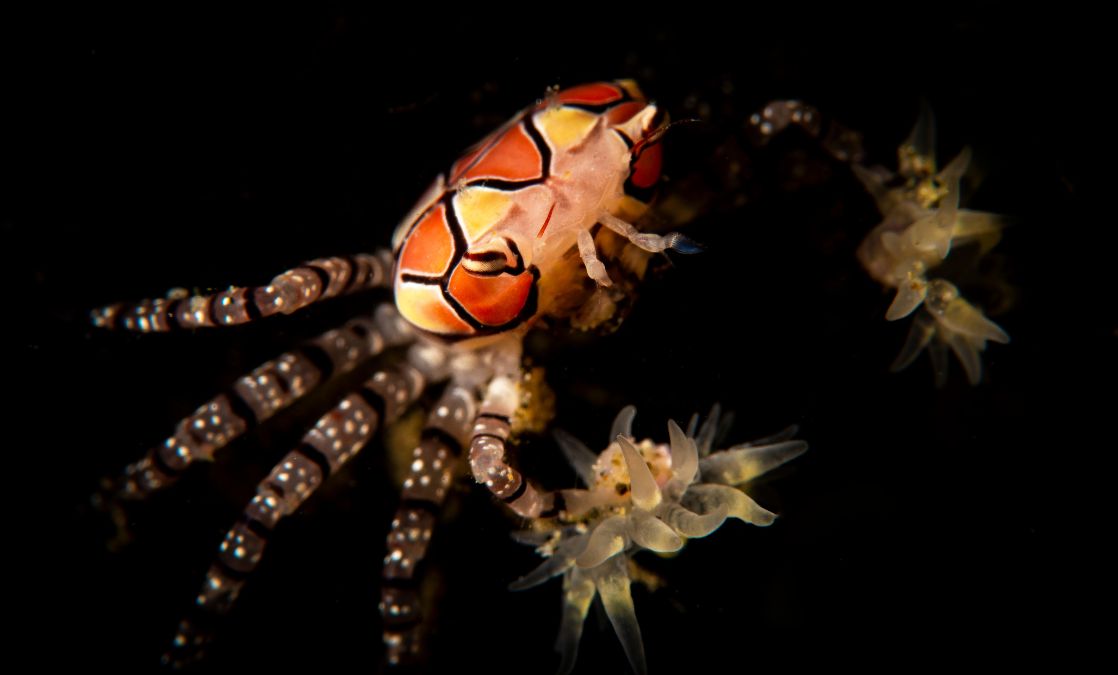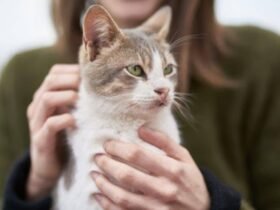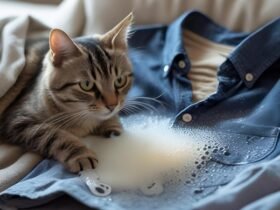The first time I spotted a creature waving what looked like tiny boxing gloves, I couldn’t believe my eyes. Could this little fighter actually use those gloves for defense? I felt a surge of curiosity and started digging into what I’d just seen. That’s how I stumbled upon the fascinating world of boxer crabs, nature’s unlikely champions. Let me take you on this journey – it’s a story you won’t forget.
You’ve probably never seen anything quite like a boxer crab. These tiny crustaceans, no bigger than a few centimeters, are unlike anything else in the animal kingdom. They’re known for their “pom-poms,” which look like gloves but are actually sea anemones. The crabs carry these anemones in their claws, making them appear ready for a boxing match.
But why? These anemones aren’t just accessories – they’re weapons. The crab waves them around to scare off predators. In return, the anemones get a free ride and access to more food. Talk about a win-win deal!
What’s a Boxer Crab Anyway?
Imagine a crab that’s both resourceful and stylish – enter the boxer crab. These crabs are small, nocturnal creatures found in coral reefs and rocky shores. They’re part of the Xanthidae family, and while they’re not rare, their unique behavior sets them apart.

The first time I saw one, I was struck by how these tiny fighters carried their “gloves” with such purpose. It made me wonder – are they really that smart, or is this just instinct?
Are Boxer Crabs Consumers or Producers?
If you’re wondering where boxer crabs fit into the ecosystem, they’re consumers. They don’t produce food themselves but rely on other organisms for survival. This distinction is important because it highlights their role in balancing marine life. By feeding on algae, detritus, and small organisms, they contribute to the overall health of coral reefs.
Do Boxer Crabs Get Eaten?
Sadly, even these clever little fighters have enemies. Larger crabs, fish, and even some octopuses see boxer crabs as an easy meal. While the anemones offer some protection, they can’t shield the crab entirely.
I’ve often wondered – does the mighty lionfish snack on boxer crabs? It’s possible, though lionfish prefer smaller fish and shrimp.
That being said, in the underwater world, everything has to watch its back – or claws.
What Do Boxer Crabs Eat?
When it comes to food, boxer crabs aren’t too picky. They’re omnivores, which means they eat a little bit of everything. Algae, detritus, and small invertebrates are on the menu.
Their partnership with anemones comes in handy here, too. The anemones catch plankton, and the crabs get a share of the spoils. I’ve never seen teamwork quite like this in the wild – it’s both practical and fascinating.
But don’t worry about your favorite clownfish – they’re safe. Boxer crabs don’t eat clownfish. They might nibble on worms, though. I’ve seen them carefully pull apart soft-bodied creatures like worms and feast on them.
Are Boxer Crabs Protists?
This was one of my first questions, and the answer is no. Boxer crabs are multicellular animals, not protists. Protists are single-celled organisms like algae or amoebas. However, the anemones they carry might host symbiotic protists, adding another layer of complexity to this incredible relationship.
Some Fascinating Facts About Boxer Crabs
- If a boxer crab loses one of its anemones, it splits the remaining one in half.
- They’re nocturnal, scuttling around coral reefs at night to stay safe from predators.
The more I learned about boxer crabs, the more I admired them. They’re not just fascinating; they’re survivors, innovators, and a reminder of how interconnected life can be.
Next time you’re near a coral reef, keep an eye out for these tiny warriors. You just might catch them in action, gloves and all.


